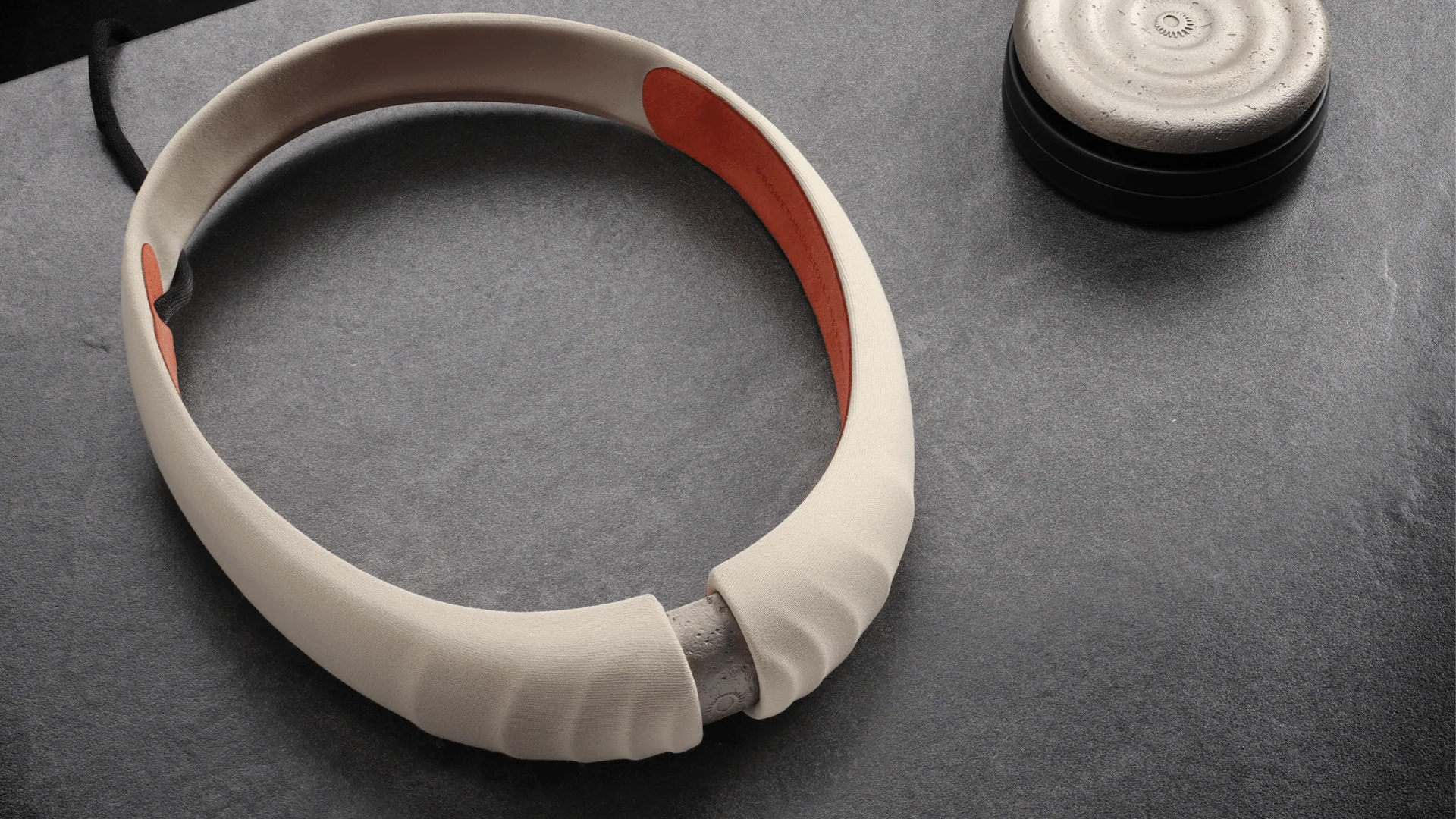Ultrasonic headband induces lucid dreams using AI, its creators claim — but an expert remains skeptical
Could we master the power of dreams using ultrasound and advanced artificial intelligence to control our dreamscape?
A tech startup is building a headband that it claims can induce stabilized lucid dreaming in a wearer — letting them take control of their own dreamscapes. Prophetic described how its device, called "the Halo," works in a post on X on Jan. 25.
The headband will use an artificial intelligence (AI) platform dubbed "Morpheus-1" to induce lucid dreams when it is fitted onto somebody's head, company representatives said.
Prophetic wants to give wearers the ability to explore their sense of consciousness and will follow up this announcement with multiple studies focusing on lucid dreaming. However, an expert told Live Science that, with Morpheus-1, it's not clear they've achieved this goal.
Lucid dreaming is a type of dream state in which the person is aware they are dreaming and can at least partly control its direction. It has been previously used by writers and artists for creative inspiration or to treat recurring nightmares. Although lucid dreaming is a trainable skill and has been studied for years, we still do not fully understand its causes or purpose.
Scientists at Prophetic, however, have said they have identified that the defining characteristic of the lucid dreaming state is higher activity in the frontal regions of the brain during sleep. These regions are typically less active during other dream states.
Related: Lucid dreamers can hear and answer questions while still asleep, scientists find
Several studies have attempted to forge similar links, including one published in December 2018 in the journal Nature and another published in May 2019 in the journal Neuroscience & Biobehavioral Reviews.
Sign up for the Live Science daily newsletter now
Get the world’s most fascinating discoveries delivered straight to your inbox.

Morpheus-1 will use "transcranial focused ultrasound stimulation," — a non-invasive way to modulate brain activity using high-frequency sound waves beyond the normal human hearing range.
The headband monitors the wearer's EEG activity and then uses the generative AI Morpheus-1 platform, which will be trained using a large data set of EEG scans from people who were lucid dreaming.
By learning what the characteristic EEG signature of lucid dreaming looks like, the device can stimulate key brain regions to recreate that pattern, thereby inducing lucid dreaming, Prophetic representative said. But one expert told Live Science it's hard to say whether Morpheus-1 can achieve what company representatives have claimed it can.
"The study that they've got on their technology roadmap demonstrates different patterns of activation in the prefrontal cortex associated with lucid dreaming and they're trying to modulate those circuits," Guy Leschziner, a professor of neurology and sleep medicine at Guy's Hospital and author of "The Secret World of Sleep" (Simon & Schuster, 2020), told Live Science. "A lot of the time, we don't fully understand what we're doing by using either deep brain stimulation or transcranial stimulation, and sometimes the effects of these technological interventions are not necessarily doing what we think they're doing."
Any device capable of modifying brain waves would ordinarily be subject to significant ethical oversight, however. There's also been little research into the long-term effects of regular lucid dreaming, let alone the impacts of regularly inducing the dream state using brain modulation.
"The stuff that they've put out there suggests that dreaming can be modulated by this, but the research that I've seen suggests that they need to do more detailed assessments and to systematically demonstrate the efficacy of this device on a larger scale," said Leschziner.
Peter is a degree-qualified engineer and experienced freelance journalist, specializing in science, technology and culture. He writes for a variety of publications, including the BBC, Computer Weekly, IT Pro, the Guardian and the Independent. He has worked as a technology journalist for over ten years. Peter has a degree in computer-aided engineering from Sheffield Hallam University. He has worked in both the engineering and architecture sectors, with various companies, including Rolls-Royce and Arup.











